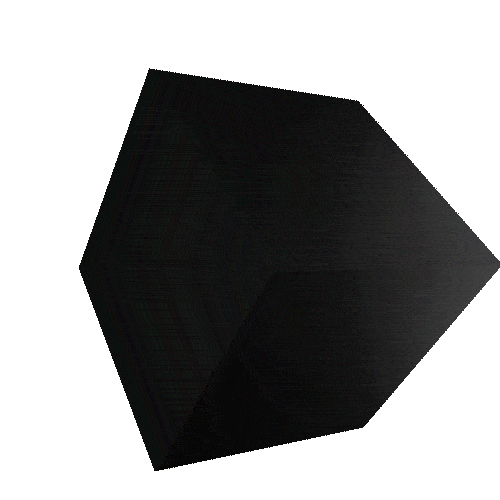We are Digitec.
We are digital innovation.
We were born with the dream of developing digital technologies to support human beings, which are the core of our commitment and the ultimate goal of our research. In fact, we believe that technology becomes innovation only when it is used to serve people.
Trusted Solutions
We design and develop acquisition software for radiography and fluoroscopy systems. Our products are used to acquire, process, visualise and manage medical images, integrating the most innovative features of digital radiology and optimising the performance of the X-ray systems where they are installed.

Empowering Vision
Libraries are stand-alone software codes that are integrated into various acquisition software programs. They contain instructions for performing specific tasks that are not part of the main operation of the acquisition software, thus improving its efficiency and potential.
